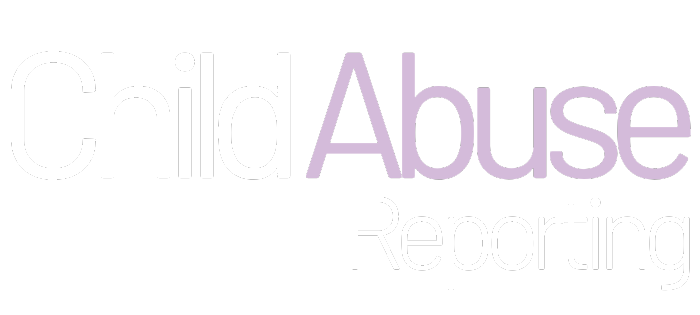Can Trauma Be Contagious?
Hearing firsthand accounts of psychological and physical trauma can be painful. As a mandated reporter, your job is to listen to families and determine if a reasonable suspicion rises to the level of child abuse or neglect. But did you know your own mental well-being can be impacted in the process?
When we encounter situations of toxic stress in which a family member has endured a primary trauma, it’s hard not to empathize. Even though we haven’t been victimized, when someone else is in pain, it triggers a similar response in our own brains. If we harbor those emotions for a prolonged time, it can adversely affect our emotional well-being and, ultimately, our work.
The Psychiatric Times defines secondary trauma as “indirect exposure to trauma through a firsthand account or narrative of a traumatic event.” The occupational hazard of developing symptoms and reactions that parallel PTSD is an understudied yet very real phenomenon.
The implications of secondary trauma
Cheryl Martin, a nurse who works as an integrated health trainer and clinical consultant for Coordinated Care Services, Inc., says that we can benefit from our ability to move from empathy to compassion. “Compassion gives us more resilience to be able to do the kind of work we do,” says Martin.
She clarifies that compassion is “empathy with action.” In her experience, compassion reduces the distress associated with seeing others in pain.
We experience compassion fatigue when we push against or try to avoid the empathic feelings, or find ourselves feeling helpless and hopeless. Martin recommends extending that same level of compassion that you are giving to others, to yourself first. “It’s difficult to bring compassion to others when we are not in a safe, calm, centered place.”
Practice self-care
In her work, Cheryl coaches, guides and supports local agencies and individuals as they seek to strengthen their trauma responses. She recommends finding at least one person who is a deep listener to support you. It is also important to strengthen the collaboration and trust within your team.
It’s almost a cliché that you should “put on your own oxygen mask first.” But it rings true in that it’s hard to take care of anyone else until you take care of yourself first. Here are some ways to practice self-care:
- deep breathing
- spending time in nature
- walking
- listening to music
- meditation
- mindfulness
- yoga
Prevention
The most important thing you can do to prevent secondary trauma is to accept yourself and understand that we are all doing the best we can in the moment. Be aware of personal life experiences that may predispose you to certain stressors or triggers in some situations.
Many of us feel compelled to “fix” the individuals in a toxic situation. However, real change happens most often when we focus on listening and seek to collaborate and empower others through compassion.
Even though secondary trauma can bring occupational risk, the work you do has rewards that can promote personal growth and provide opportunities for both you and the families you serve. So the next time your inner alarm goes off and the oxygen mask drops down, just remember to take a few deep breaths for yourself first.
Definition:
Indicators
Physical signs and changes in behavior that may be the result of child abuse and neglect.
In-Depth:
Indicators of Abuse and Neglect
The indicators for child abuse and neglect fall into two general categories:
Physical indicators: Injuries to a child that are severe, occur in a pattern or occur frequently. These injuries range from bruises to broken bones to burns or unusual lacerations.
Behavioral indicators: The child’s actions, attitudes, and emotions can indicate the possibility of abuse or neglect. However, behavioral indicators alone are much less reliable than physical indicators, as children’s behaviors may be the result of a variety of other problems or conditions that have nothing to do with abuse. When observing changes in behavior, look for the frequency and pattern of the new behavior, as well as a child’s age and stage of development. For example, it is normal for younger children to be wary of adults, as they may have been taught not to talk to strangers. Look for a combination of physical and behavioral indicators.
The indicators alone, do not prove child abuse or neglect—but each requires a response from a mandated reporter. First, ask for more information regarding the circumstances. If the answers leave you with a reasonable suspicion that abuse or neglect has occurred, report your suspicions to the Child Abuse Hotline.
View all previous newsletters in the archive.

